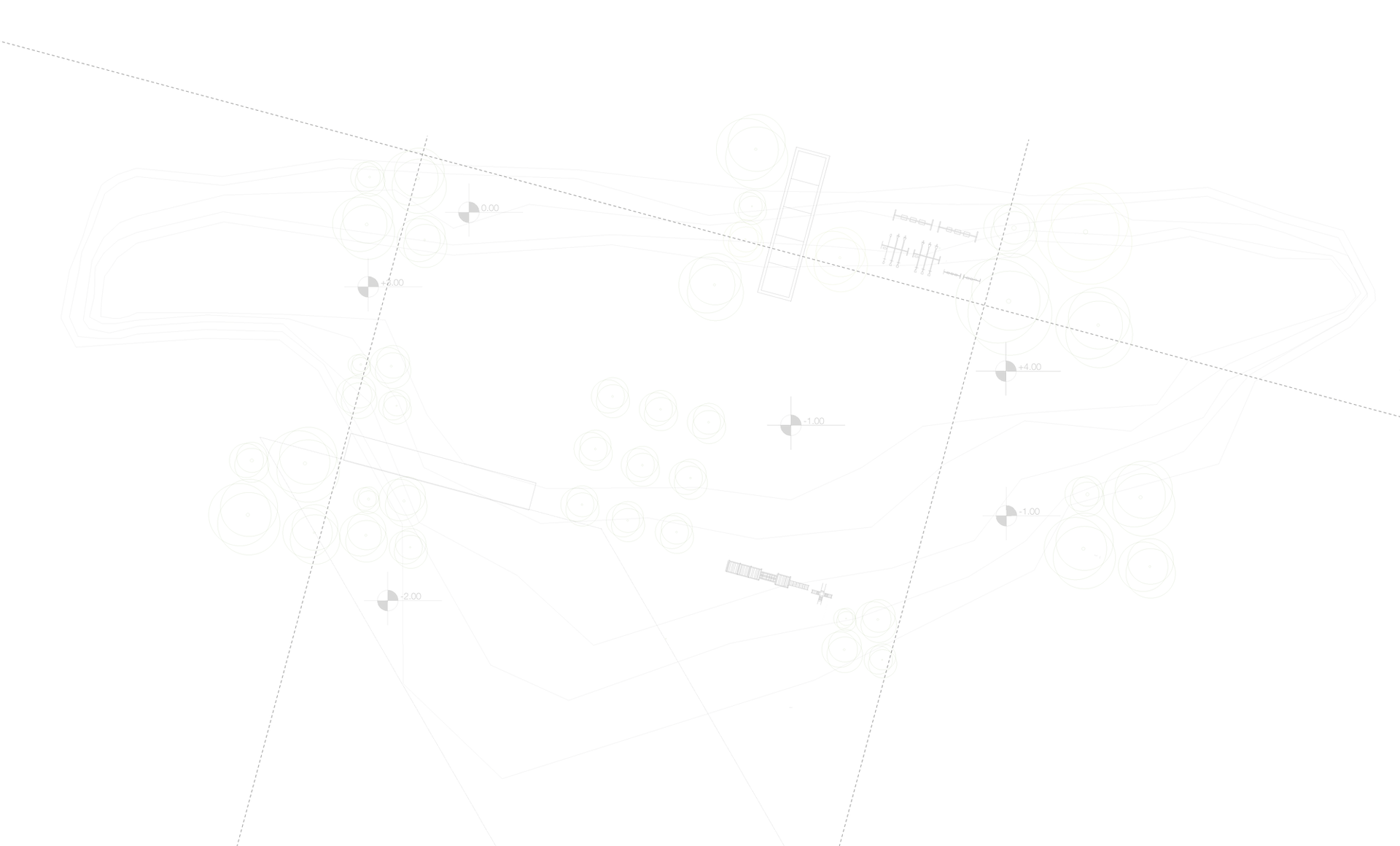
NI RAZOR 1.7 Free Download Incl. KEYGEN And Crack
Uploaded 2015
The latest addition to the NI synth family, Razor, is a Reaktor ensemble that also runs in the supplied Reaktor Player, with which operation is much like any other VST/AU/RTAS synth.
It's based on additive synthesis, with up to 320 partials (individual sine waves). While additive synthesis has a reputation for being a tad 'scientific', Razor is very friendly, presented in the guise of a typical modern synth, with two oscillators, twin filters, and three effects sections: Dissonance, Stereo and Dynamics.
Under the hood, everything in Razor (bar the dynamics effects) is done by manipulating the frequency, amplitude and phase of its partials. For example, the filters don't process an audio signal; instead, they adjust the partials directly.
So, a low-pass filter reduces the levels of the upper partials. Even oscillator detune is faked by modulating the amplitude of individual partials to mimic detuned oscillators' 'beating'.
The coolest thing about all of this is that it allows for many novel oscillator, filter and effects types that don't exist elsewhere. For example, the 14 oscillator waveforms include the usual sawtooth and pulse varieties, but you'll also find such curiosities as 'primes' and 'sick pitchbend'. Boring these are not, especially as each type has controls specific to it.
There's even a Hoover waveform for rave-tastic Roland Alpha Juno-esque bass/midrange noises. Wicked!
Equally twisted are the two filter sections, each with an almost entirely different set of 11 types, with only low-pass and band-pass shared between them. The rest is made up of oddities like 'waterbed', 'unisono noise' and 'gaps'; the latter brutally masks out certain partials, like an extreme phaser.
There are killer vowel and formant filters, and a vocoder option - route a sidechain signal into Razor for some of the gnarliest vocoding you'll ever hear.
Modulation is provided by three envelopes, two syncable LFOs and a 'sidechain' (it basically multiplies two mod sources together). The envelopes have a novel 'echo' function that causes them to repeat. There are MIDI control options too, naturally.



